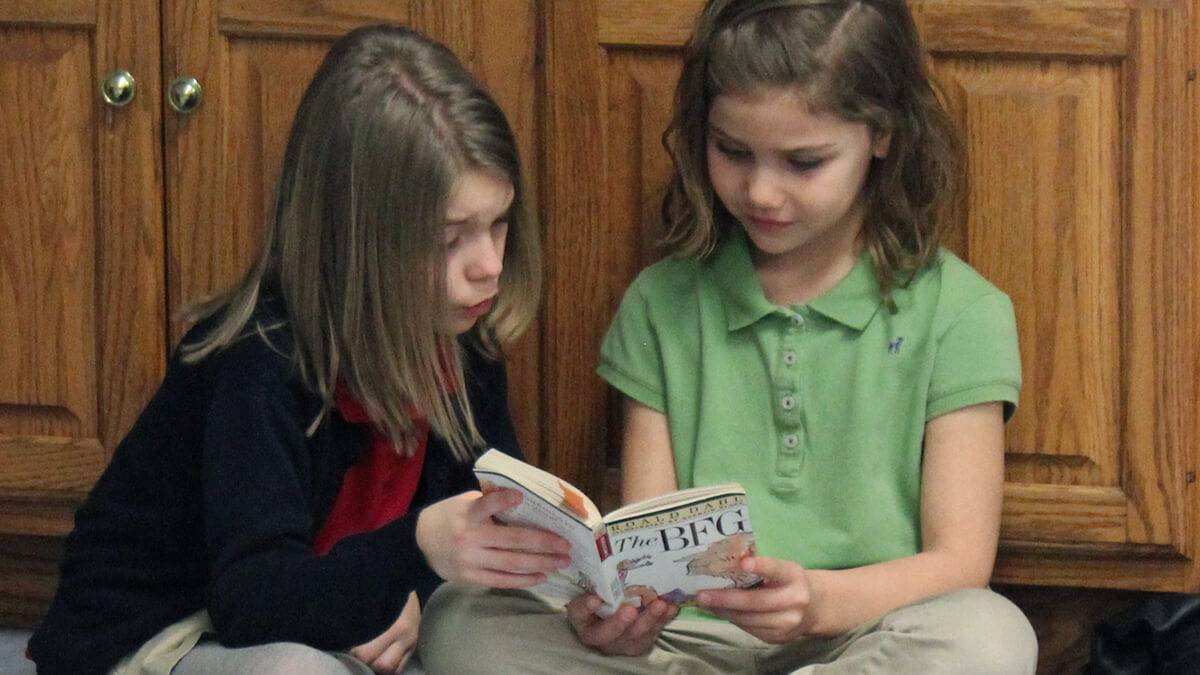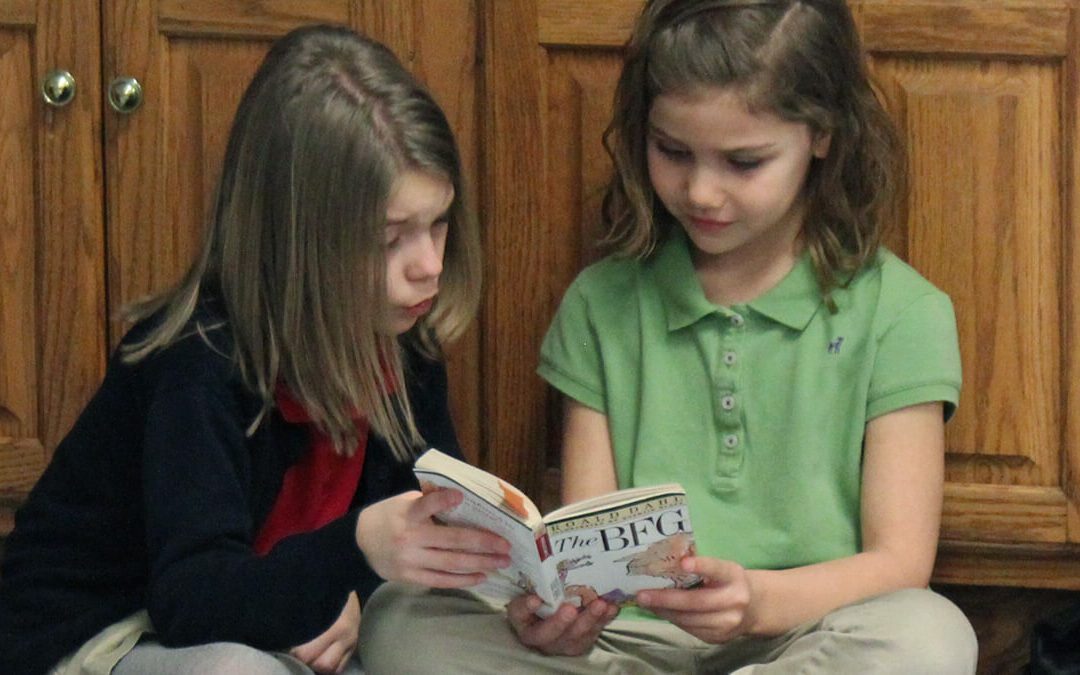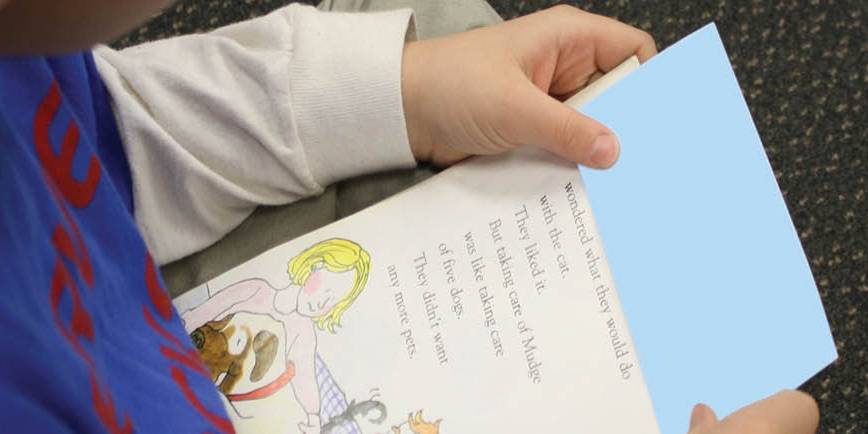Learning Center
reading
Avoid robot readers with 3 key strategies
January 23, 2013

It’s common for kindergartners to point to words while reading. This strategy helps them sound out words and build their eye sweep across a line of text. However, once students have mastered one-to-one correspondence, they should learn to point only with their eyes. This would begin around reading levels D/E. (For the average reader that would occur about November of first grade.)
Whether the finger-pointing habit is something older students do on their own or a teacher strategy for ensuring that students are following along, the habit needs to be broken. By pointing, the reader is forced to slow down and then sounds robotic. It prevents students from growing into fluent readers who read at an appropriate rate with phrasing and expression.
You can train students to move to the next steps in fluency using these three strategies:
#1 Read in phrases
Explain that when your mouth says one word, your eyes are looking 2-3 words past that. Model how it sounds to read 2-4 words as a phrase grouping, rather than reading them as separate words like a robot. Seeing down a line of text will also help them see upcoming punctuation marks.
#2 Chunk big words
Teach students to use their fingers only when they are problem-solving a word. They can hide syllables, looking at one word-part at a time. Prompt students to then take the finger back out once the word has been solved and reread the sentence fluently and for meaning.
#3 Keep your place
As the reading levels increase, the font gets smaller and the text gets longer. Consequently, it’s common for students to lose their place or to accidentally skip lines while reading. If this happens, teach students to place a bookmark above the line they are reading and slide it down.
This will allow them to track while keeping the next line visible to build eye sweep from the end of one line to the beginning of the next. But be cautious! This bookmark tool should only be used as part of their reading training. Eventually, students should not need it at all.





